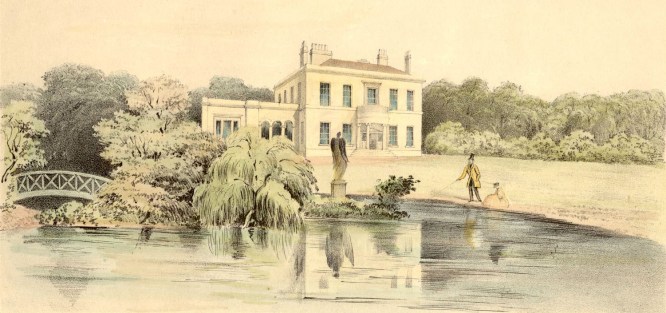A church full of history
Begun in 1834 and consecrated in 1836, St Johns is a Grade II listed building on Thomas Lane and is situated in the heart of the Knotty Ash conservation area.
With a wealth of history to explore and many unique and beautiful features we’re well worth a visit.
The Building of St Johns
The foundation stone of the church was laid on June 26th 1834 by Adam Dugdale.
The church was designed by Williams & Edwards and built by Richard & Paul Barker of Huyton - who also constructed many other local buildings including Old Swan Police Station and West Derby Church (both completed in 1850).
The consecration of the Church took place on Thursday, February 18th, 1836.
In the early 1840's side galleries were added as there were not enough 'free' pews for the poor of the parish.
The clock in the tower was purchased from James Conliffe of Liverpool.
In 1890 the Church was extended and the new chancel, organ chamber and Lady Chapel (designed by Aldridge & Deacon) were erected. At the same time a new organ was purchased and the side galleries removed.
The new chancel was consecrated on Saturday, April 26th, 1890 by the Lord Bishop of the Diocese.
In 1967 the organ was completely rebuilt.
Explore St Johns
Outside the Church
Inside the Church
Stained Glass (under construction)
In 2017, a number of old glass plate photographs were found in the vestry of the Church. These have been digitised and may be viewed here


